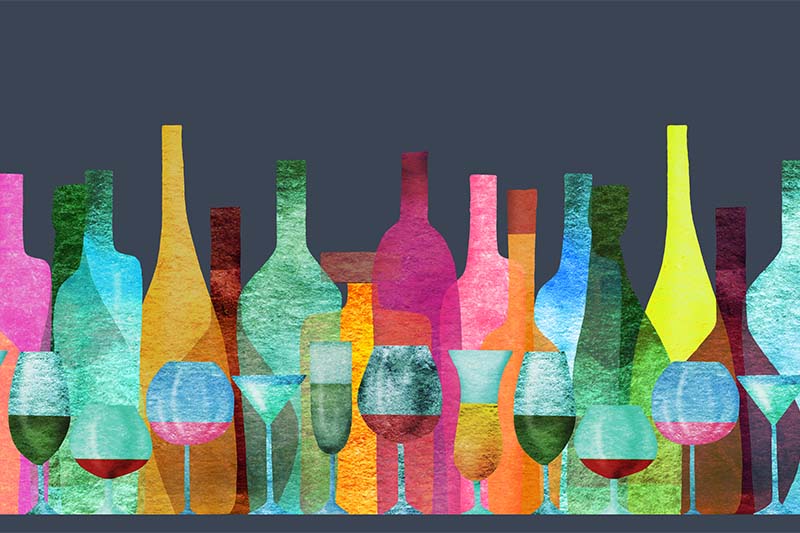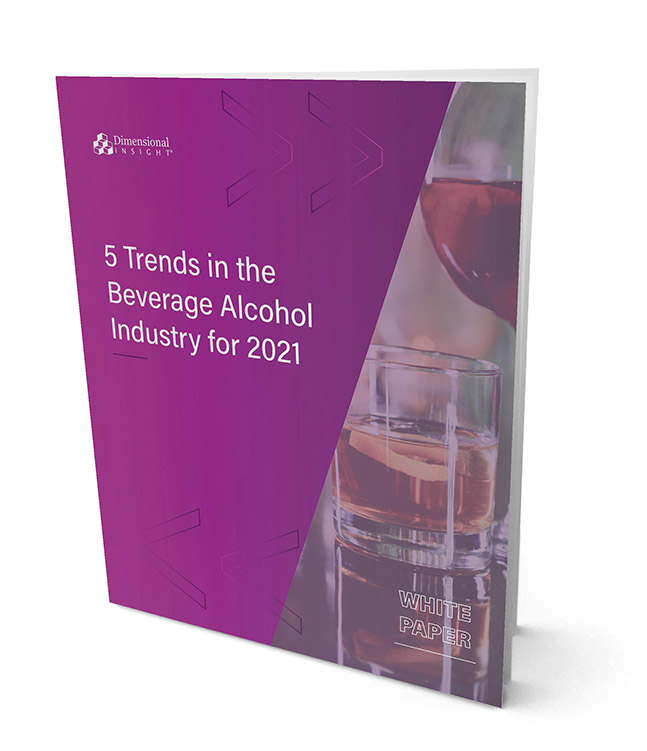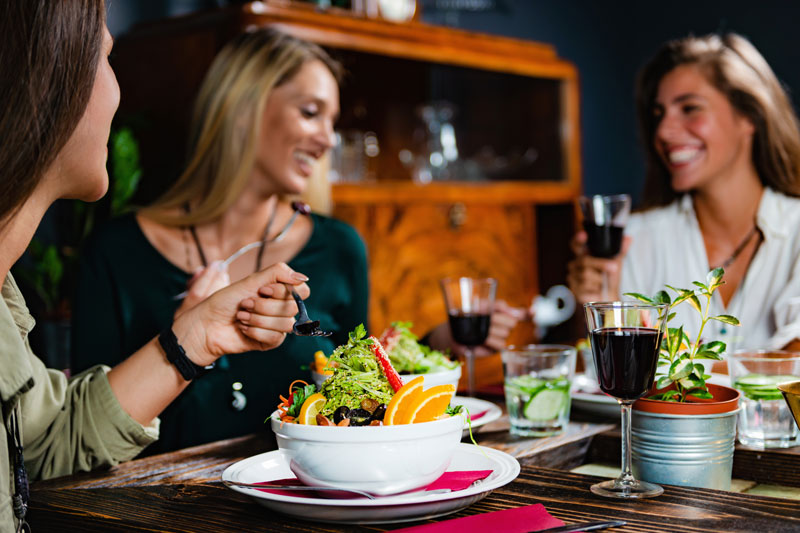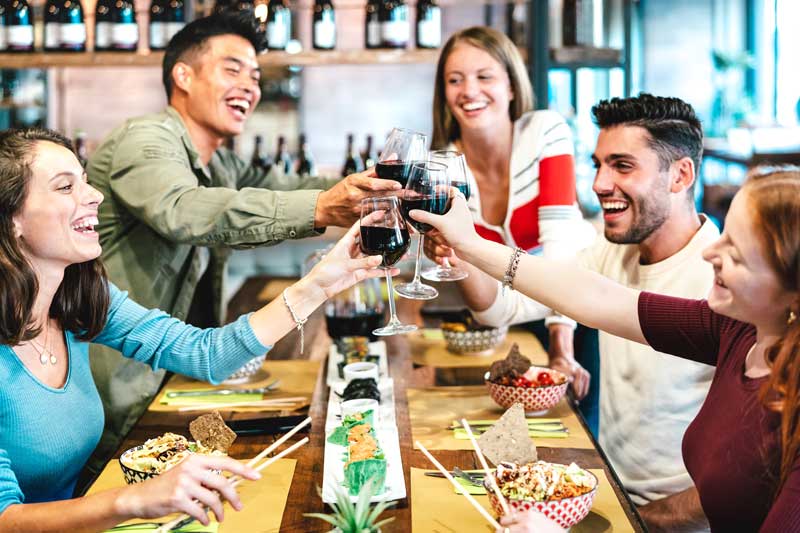After an unprecedented and historic year globally, most people are happily ushering in the new year.
In 2020, Americans mostly stayed home—and that resulted in more drinking than ever. The climate change crisis continued to peak, and civil rights movements helped focus on Black entrepreneurs across many industries.
2020 will forever affect all of our lives and significantly impact the 2021 wine and spirits industry. Look out for these 8 trends in the year ahead:
1. Eco-friendly packaging
In 2021, paper products will hit the shelves, and we’re not talking about toilet paper.
Frugalpac, a company that created Frugal Bottle—a bottle made of 94% recycled cardboard—created a product that utilizes a water footprint four times less than a traditional bottle. These bottles have already hit the shelves in the United Kingdom.
According to Beverage Daily, wine brands that switch to paper wine bottles will cut their carbon footprint by 84%, or six times less than a glass bottle.
“The launch of the Frugal Bottle is a big leap in sustainability without compromising wine quality,” Frugalpac owner Ceri Parke told Beverage Daily.
2. Liquor laws permanently change across the country
Before the pandemic began, many states banned alcohol delivery. But when governors issued stay-at-home orders, the laws forced bars and restaurants to shutter operations except for delivery. Many state legislatures rushed to change liquor laws to allow carry-out and delivery options to help businesses in any way possible.
Now that Americans have had their taste of alcohol on demand delivered to their front door, expect liquor giants and their customers to lobby for these rule changes to become permanent in 2021.
“There’s probably five or six states that are actively reaching out right now saying, ‘How do we get up to the status quo of some of the other states who have done this?’” Drizly CEO Cory Rellas told The Hill. “I think this is something that is going to be a much longer-term shift, so we need to set this up correctly.”
3. Virtual tastings are here to stay
Even with promising COVID-19 vaccination news, Q1 of 2021 looks like it will be very similar to 2020. Wineries, such as Wolffer’s Vineyard in Long Island, NY, started hosting virtual wine tastings for customers so that they can experience the magic of their wines at home.
Wolffer’s private tasting costs between $150 and $175 for tasting groups of three to thirty, and hosts the Zoom party. Customers can have the wines shipped to them or pick up the wines at the winery’s Hamptons locations.
Virtual wine tastings allow all vineyards to increase their customer base outside their immediate geographical vicinity, therefore increasing sales.
4. Rosé market consolidates
When walking around a liquor store, you’ll likely find a wall of pretty rosé bottles. In 2021, expect that wall to shrink.
“While the category has been seeing impressive growth, some may wonder if rosé is beginning to peak—or if its upward trajectory will continue,” Kathleen Willcox wrote for SevenFiftyDaily.
Rosé won’t disappear completely — plenty of drinkers will reach for premium rosé during those hot summer months — but expect the excess array of cheaper brands on the shelves to start to diminish due to consolidation among larger brands and others going out of business.
Rob McMillan, the executive vice president and founder of Silicon Valley Bank’s Wine Division, feels rosé faces “serious competition” from CBD-infused products and less expensive options with “similar premium-style taste profiles.”
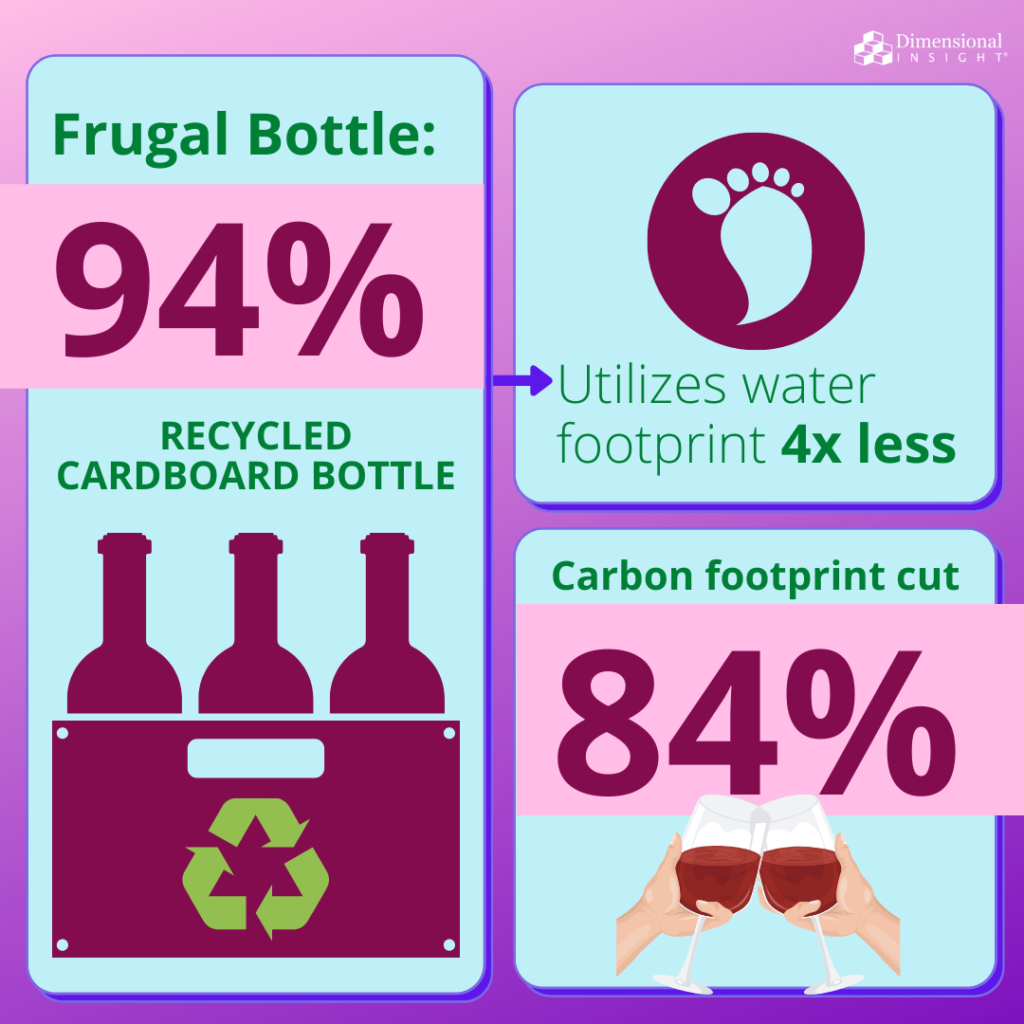
5. Less alcohol, more taste
Whether you’re participating in a trend like Dry January or just looking to cut back on your alcohol intake, in 2021 there will be more options than ever to enjoy a delicious cocktail without the buzz.
The non-alcoholic beverage market currently totals $280 million, according to Statista. The industry expects growth by 7.1% in 2020. But the best is yet to come: the non-alcoholic drink market, which does include soft drinks, is expected to be valued at more than $2 billion by 2022, according to Allied Market Research.
An “increasing population of working people, gym-goers, and athletes is expected to promote the demand for nutritious drinks, which will increase their performance as well as keep their energy level high throughout the day,” Grandview Research wrote in a report released last year. “This is expected to aid the growth of non-alcoholic beverages such as energy drinks, juices, as well as functional drinks in the next few years.”
6. COVID-19 affects the 2020 vintage
COVID-19 has affected nearly every aspect of our lives, and the wine world is no exception. Wine-producing powerhouses such as New Zealand, Napa Valley, France, and Australia have to grapple with the challenges the pandemic has imposed upon the wine industry and their 2020 vintages.
In Napa Valley, which had to deal with the pandemic and wildfires, some wineries are considering not producing a 2020 vintage at all.
“Smoke can drastically affect the quality of wine made from affected grapes,” Lewis Perdue, publisher and executive editor of Wine Industry Insight told The Los Angeles Times. “It is called smoke taint and does drastically affect the quality of the wine. So much so that many wineries have decided not to make a 2020 vintage.”
In France, the government gave 250 million euros to struggling vineyards to help create more alcoholic sanitizer. However, the aid package only pays “a minimum price for surplus wine to distill into industrial alcohol,” according to NPR.
“Covid is a catastrophe for us,” Jérôme Mader, a 38-year-old winemaker based in France, told The New York Times.
7. Black-owned wineries become more prominent
Roughly 11,000 Black-owned wineries exist in the United States, but this small contingent is powerful, and they are making unique and delicious vintages. As Americans pledge to spend more money with Black-owned businesses, wine and spirits companies have a chance to shine.
“Wine and the wine industry has historically been a white man’s world, and that’s changing quickly,” Robin and Andréa McBride, who founded The McBride Sisters, told Forbes in 2018. “We encourage the wine consumer to explore outside of the old expectations of wine.
“Women make up a small percentage of the wine industry and women of color even smaller. We are often met with skepticism and automatically dealt with a lack of credibility.”
However, the McBride Sisters’ marquee offering, Black Girl Magic, has seen a spike in sales since the Black Lives Matter protests have shined more attention to Black-owned businesses.
Expect 2021 to be a big year for Black-owned wine.
8. More eco-friendly practices at wineries and distilleries
In 2021, more wineries and distilleries will strive to earn certified sustainability for their products.
Earning these certifications can help set brands apart and cater to customers who want a brand that matches their values.
Wines that earn a USDA Organic certification do not use synthetic fertilizers, pesticides, and other chemicals to make their wine.
Even without that certification, some wines and distilleries will strive to be more sustainable in all their practices to attract customers and help with climate change.
If you are interested in learning more about trends in the Beverage Alcohol industry, we’ve created this white paper that covers five industry trends in 2021.
- 87% of Utilities Have Experienced at Least One Data Breach in Last Three Years - February 5, 2024
- Can Drones Lower Your Next Utility Bill? - January 10, 2024
- Onshore Wind Farms Are The Next Big Thing In Renewable Energy - December 6, 2023

